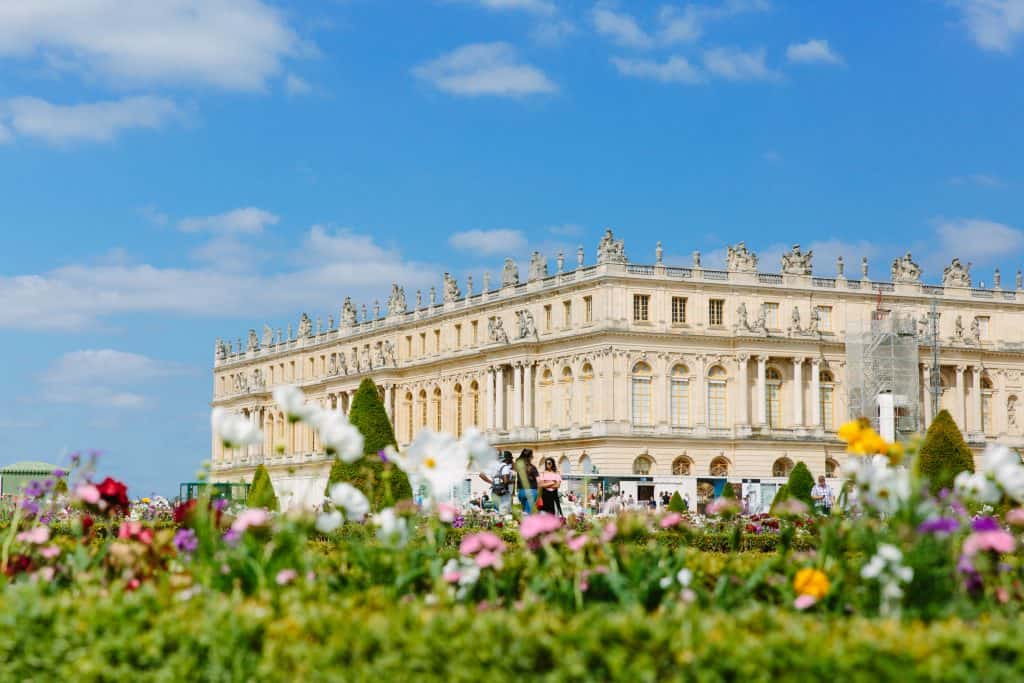
By Colette Davidson
Since 1947, May 1st – or Labor Day – has been a public holiday in France. It’s a time when lily of the valley is sold on every street corner and offered to friends and family for good luck. With any luck, the weather on May 1st is good, meaning a picnic or an afternoon stroll is in the works. If the day falls on a Thursday or Friday, why not take the whole weekend off and go out of town?
But France’s Labor Day is much more than taking a paid day off work – the holiday is rich in history and represents meaningful struggle by a rare few during a bygone era.
France’s labor day begins in America on May 1, 1886. On that day, 200,000 Americans won their fight for an eight-hour workday, thanks to intense union pressure. But the battle wasn’t over yet. Fighting soon broke out in Chicago, leaving around a dozen people dead. Three years later, in June 1889, France decided to create a day that would represent the fight for the eight-hour workday, thus calling it “International Worker’s Day.” May 1st was chosen as a way to remember the deadly fighting in Chicago, and everyone was given the day off from then on.
In the years that followed, May 1st was somewhat forgotten about as a day of protest for worker’s rights. But on that day in 1936, several memorable protests sprung up around the country that have marked the minds of French people since. They largely contributed to the first election of the center-left republican coalition, known still today as the Popular Front. Led by Leon Blum, this government put into action a historic law that outlined a 40-hour workweek.
It wasn’t until 1947, however, that May 1st became a veritable public holiday in France, offering an official paid day off work. By then, the name of the day had changed to “Fête du Travail,” more closely resembling the English translation of the holiday.
So where does lily of the valley play into all this? Most would say that the flower – a long stem holding mini white bells – has been present in Europe since the Middle Ages. It has long represented spring and the Celtics believed it to carry good luck. As for France, the story goes that on May 1, 1561, King Charles IX received the dainty flower as a gift of good luck. He decided to repay the compliment by offering it each year to the women of his court. From there, the tradition was born.
If you happen to be in France during the Fête du Travail, you probably won’t get an extra thrill of having the day off work (because clearly you already do!). However, you’ll most likely notice the surprisingly empty streets – as most things are closed on this day – and vendors selling lily of the valley on every corner. At only around 1 euro each, it’s worth it to join in the festivities and pick up a flower for one of your travel buddies, or yourself.




